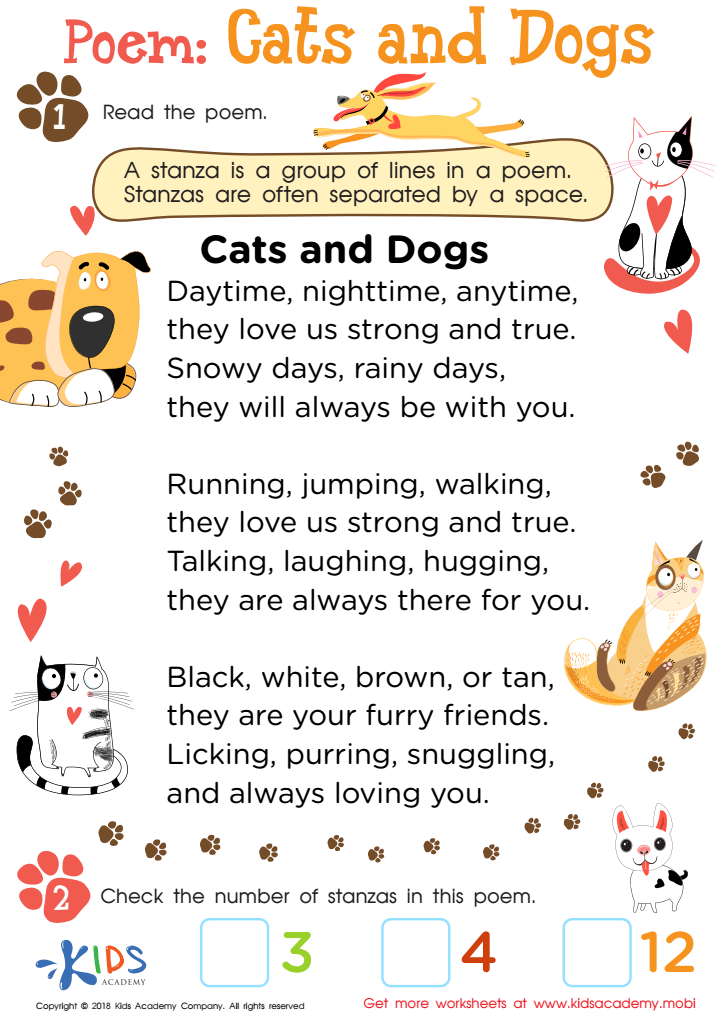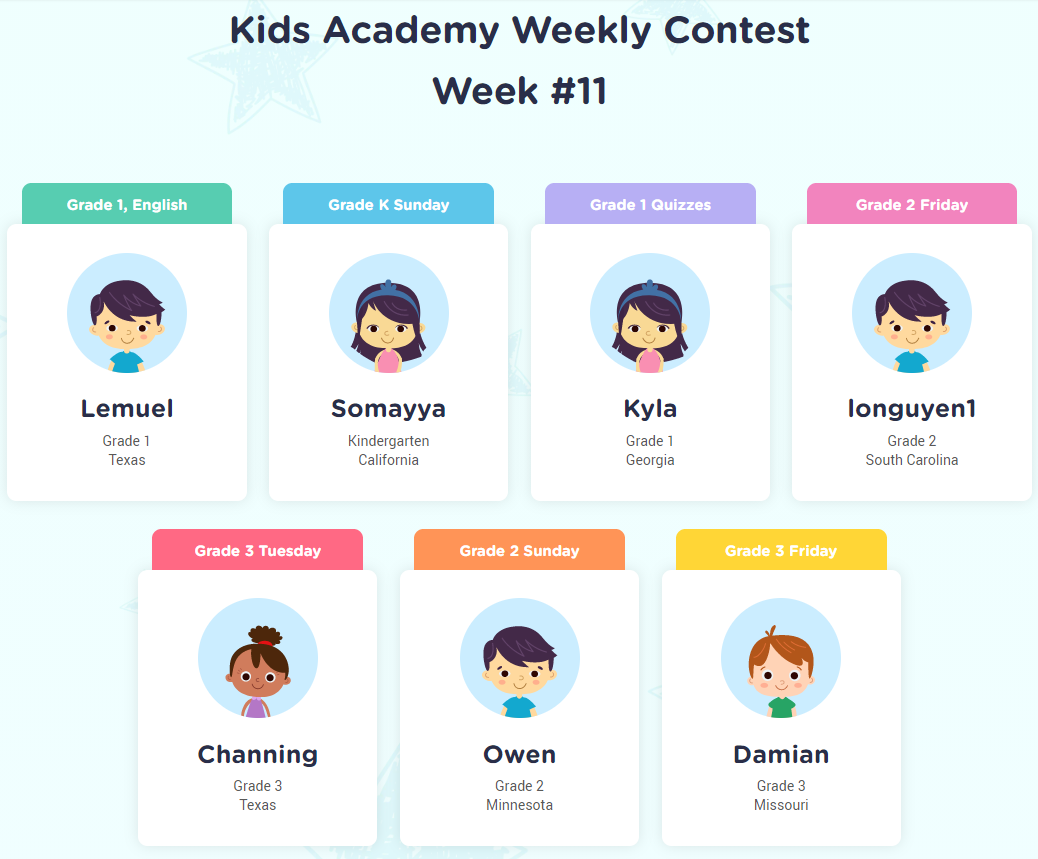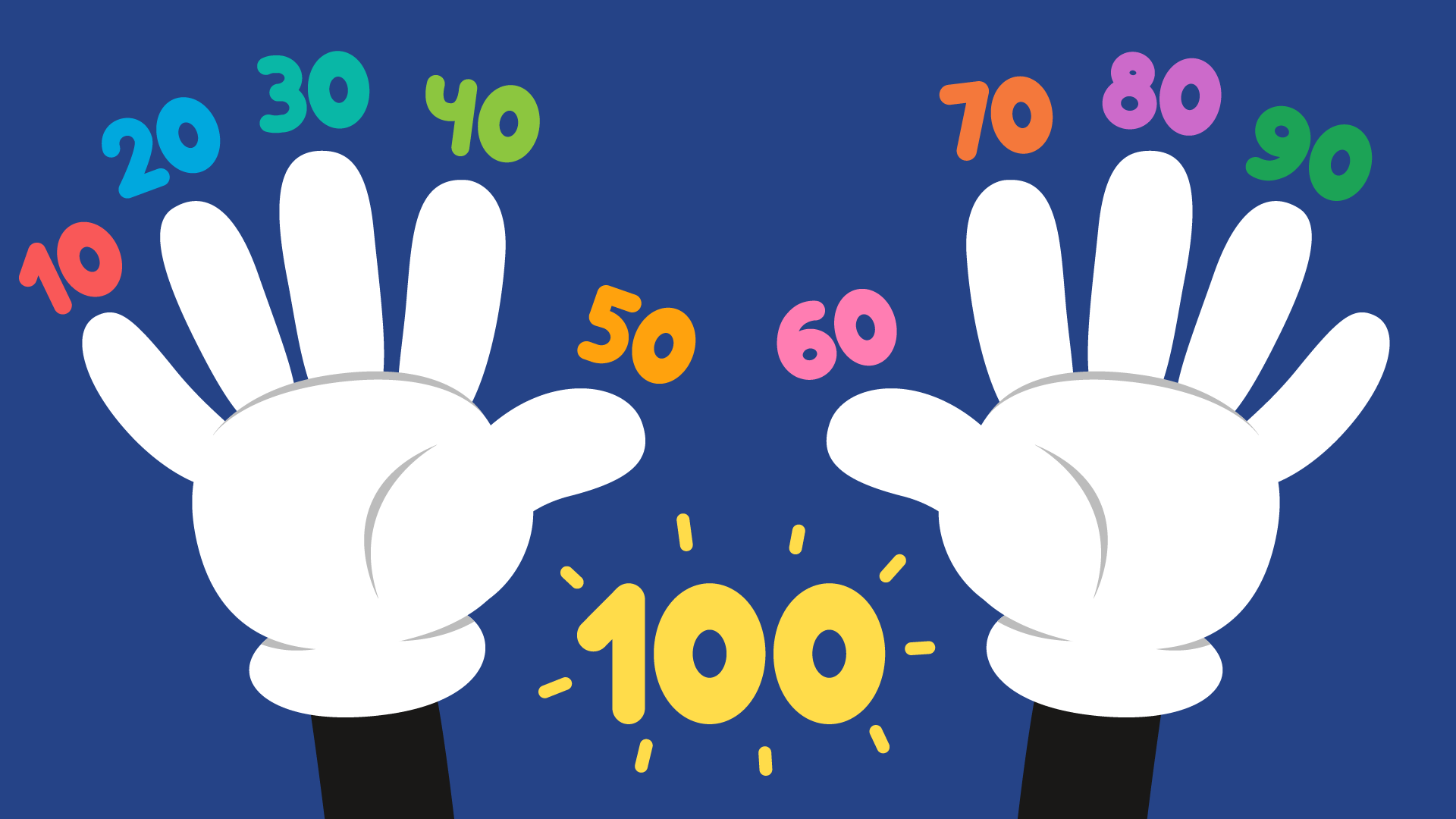Rhyme recognition Reading Worksheets for Ages 5-9
5 filtered results
-
From - To
Boost your child’s reading skills with our engaging Rhyme Recognition Reading Worksheets for ages 5-9! These fun-filled worksheets are designed to help young learners identify rhyming words, enhancing their phonemic awareness and reading fluency. Through a variety of interactive exercises, including matching games, fill-in-the-blanks, and creative illustrations, children will develop essential language skills while enjoying the learning process. Each worksheet aligns with educational standards, making it a perfect addition to any homeschool or classroom curriculum. Help your child discover the joy of rhymes and lay a strong foundation for future reading success with our thoughtfully designed resources today!


Baa Baa Black Sheep Printable


Rhyming Flowers Worksheet


Nursery Rhymes: Twinkle Little Star Worksheet


Nursery Rhyme Match–Up Worksheet


Poem: Cats and Dogs Worksheet
Rhyme recognition is a crucial component of early literacy development for children aged 5-9. When parents and teachers emphasize rhyming activities, they help develop phonemic awareness, which is the ability to identify and manipulate individual sounds in spoken words. This foundational skill is essential for successful reading, as it aids children in recognizing word patterns and enhances their decoding abilities.
Engaging with rhymes makes reading enjoyable, fostering a love for books and language. Exposure to rhyming texts helps children improve vocabulary, spelling, and grammar, as they learn to hear and identify sounds in different word contexts. Furthermore, rhyming enhances memory and cognitive skills, as children remember and retain information through rhythmic patterns and repetition.
Research has shown that early interventions focusing on phonological skills can significantly improve reading outcomes, often leading to better academic performance later on. By incorporating rhyme recognition activities—in songs, poems, and storybooks—parents and teachers create a rich language environment. This fosters commitment to lifelong learning, critical thinking, and communication skills. Rhyme recognition is not just about fun; it is an integral building block for children's overall literacy and language development, making it essential for both parents and educators to prioritize.
 Assign to My Students
Assign to My Students
















